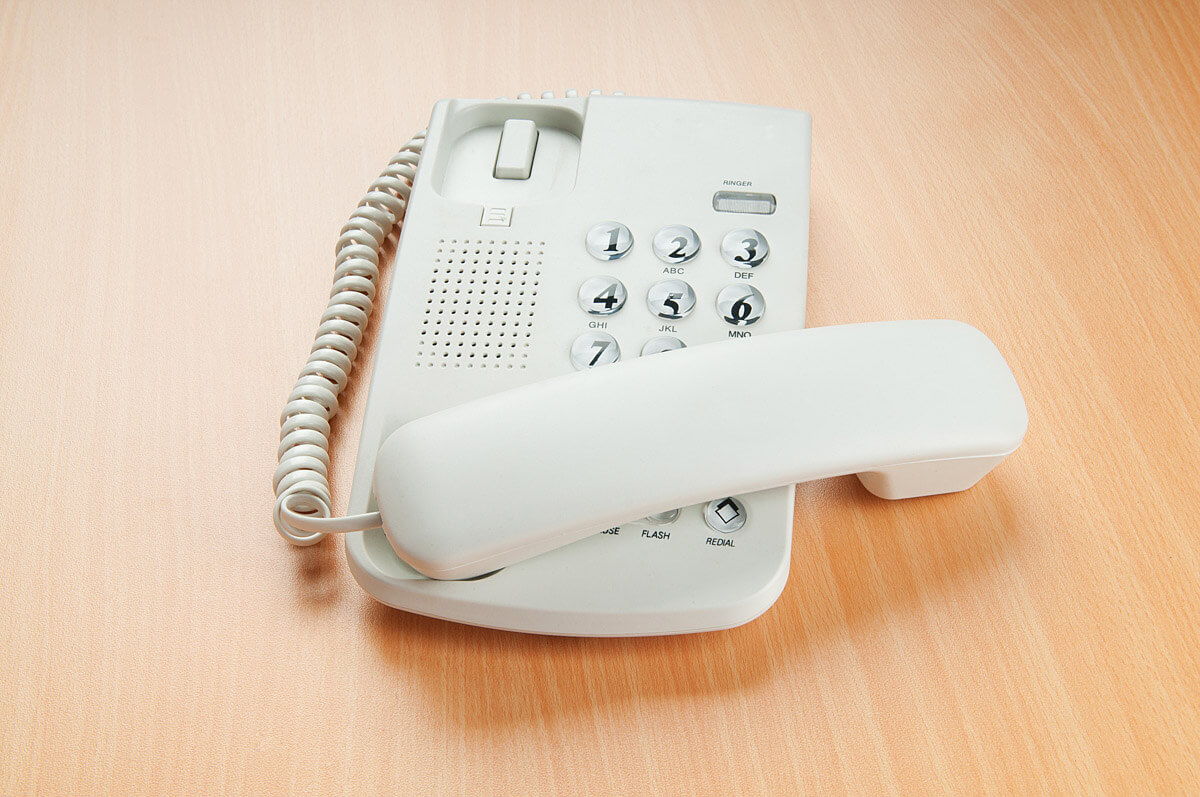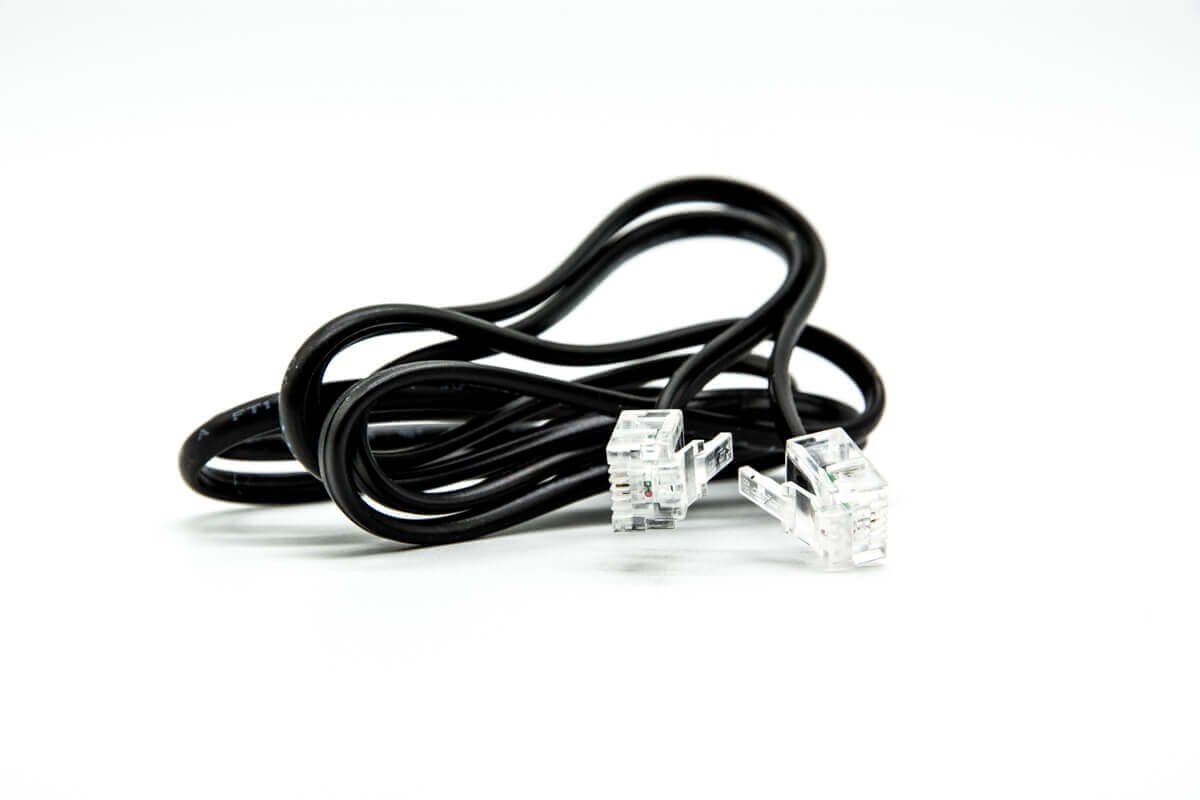Dial-Up Internet
Table of Contents
In the world of Internet service, dial-up connections are a dying breed. Cable, DSL, and even satellite Internet are almost everywhere and offer high speed Internet to 90% of the United States. Most web pages and applications require too much data to travel back and forth and thus need broadband Internet to load efficiently.
The distinctive sound of a dial-up modem is a memory of the early days of the Internet for most users in the country. But is dial-up Internet service actually obsolete?
What is Dial-up?

Of all the types of Internet, dial-up service is the oldest. When the Internet was new, everyone had phone service and at least one phone line. Dial-up Internet providers were either independent companies like Juno or home phone service providers. All that was needed for Internet access was a telephone line and a dial-up modem.
Since using the Internet tied up the house telephone number, many people would get dedicated phone lines, specifically to ensure their connections to the Internet were not interrupted by features such as call waiting.
Modems used for dial-up Internet access translate analog noise into data so it can be viewed on your browser. The same way other Internet connections use hubs or nodes to connect your computer to the Internet, a phone connection calls access numbers to server banks. Since phone lines are installed in almost every household, this makes this type of network connection available just about everywhere.
Is Dial-Up Common?
Despite being widely accessible, dial-up Internet speeds are not broadband. Typical dial-up speeds are around 56 Kbps, or kilobytes per second. For comparison, a megabyte is 1,000 kilobytes, and most 4G cell phones have speeds of 10 Mbps. Comparatively speaking, your telephone line just can’t move as much data as quickly as DSL, cable, or satellite.
Since the ways we transmit data have become faster, this has allowed larger chunks of data to be transmitted. 56 kilobytes is very small compared to the tens or hundreds of megabytes that are common on today’s websites. Streaming is out of the question, and many websites may time out because they can’t transmit data quickly enough. Features of many websites can’t be used at such slow speeds.
Another major difference between the two is that broadband is always connected as long as your modem is plugged in and powered on. As its name implies, dial-up calls a server center, and when the call ends, so does your connection. This means that WiFi is complicated by having to sign into the network everytime you want to use it.
Why Use a Phone Connection?

Even with the pervasiveness of DSL and cable, some places just can’t be reached. Usually this is because of geographic location. Sometimes, a place is so remote that laying cable or DSL lines is cost-prohibitive, or even impossible. Many such locations get satellite Internet, if they want it.
Since phone lines are over land, rather than dug into the ground, it costs less to add dial-up than install DSL. Cable is also too cost-prohibitive. Satellite Internet can be a great solution, but requires an investment and installation. Some people might think dial-up is their only option. For some, it may even be the best option, although this is rare in today’s connected world.
In response to the rising need for faster Internet, many dial-up companies have applied data compression to their transmissions. This is a method of shrinking the size of data packets so they travel more smoothly through phone lines. It gives the illusion that data is traveling faster because it travels more smoothly. Smaller packets mean there is less chance of distortion from line noise.
Some Internet customers also prefer not to be connected at all times. For some, it might be cost-prohibitive to go through the trouble of installing cables or a satellite when all the Internet is used for is to check email and invoices. Trading speed and offline time for cost can save money on Internet connections, but isn’t always practical.
Measure Your Internet Needs
Trying to decide if you should invest in broadband depends on your Internet use. If you live in a remote location and have a choice, satellite Internet is worth the investment because most websites are designed for it.
However, if your use is going to be minimal, like checking email, you can get by on dial-up Internet. In fact, some people go to remote locations to get away from the Internet, as well as the rest of the hustle of modern living. Some remote locations intentionally do not have broadband because it isn’t needed or wanted.
While most of the United States has broadband available, there are areas that can only get it through satellite, and a few that can’t get broadband at all. Whether you can get broadband or want dial-up, you can make sure you have the best Internet service in your area!

